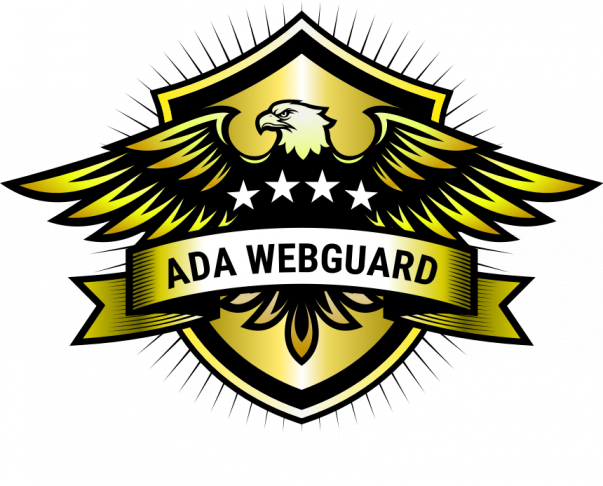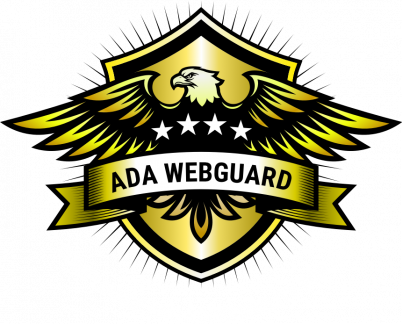In 2019, there were approximately 2,200 new ADA Compliant Website lawsuits filed, which is about 1 lawsuit filed every hour. 97% of the top one million websites failed basic ADA compliance testing of accessibility and over 25% of all ADA compliant website lawsuits are “re-suits” where a company is not being sued for the first time.
This year and years past, many companies have received demand letters from law firms claiming that their company is violating Title III of the Americans with Disabilities Act (ADA) because their websites are not accessible to individuals with disabilities. These letters claim that unless the company modifies its website to meet the Web Content Accessibility Guidelines (WCAG), the company will continue to violate Title III.
So, what do I do if I get a Demand Letter or Get Sued?
- Do not ignore the letter.
With the increase in both demand letters and lawsuits, ignoring the issues can only lead to bigger problems requiring more time and more money.
- Seek legal counsel.
Contact legal counsel so that your counsel can research the plaintiff and reason(s) for the demand letter. Demand letters put your company on legal notice, but they also give you time to prepare.
- Conduct an ADA Website Compliance audit.
ADAWebGuard.com offers a EZ Check do-it-yourself Website Accessibility and Compliance audit, and will review the results with you at no charge. This will help identify some issues. However, automated tests will only identify some of the issues, It is recommended that you conduct both an Automated and Manual test of your website to fully understand the level of compliance or non-compliance your website is at.
- Assess the claim and ask the plaintiff’s law firm for proof of violation.
You and your counsel should assess each suspected violation and develop a strategy for addressing them.
- Conduct a Full Audit of your website with an expert company.
Conducting a full audit, manual and automated, will ensure all accessibility issues are detected and addressed.
- Remediate your website.
Once you know what the exact problems are, it’s time to fix them. ADA WebGuard offers In-house remediation services and remediation consulting, working with your web designer or company to fix your website.
- Monitor and Maintain your compliant website.
Becoming compliant is primary, Remaining compliant is Essential! Every time you update your website, you must ensure it’s accessible.
If you have not received a demand letter or lawsuit, Do Not Wait until you do! Become ADA compliant today and start the process. Make it your policy that your website will be accessible. Develop a plan and implement the plan as quickly as you can.


